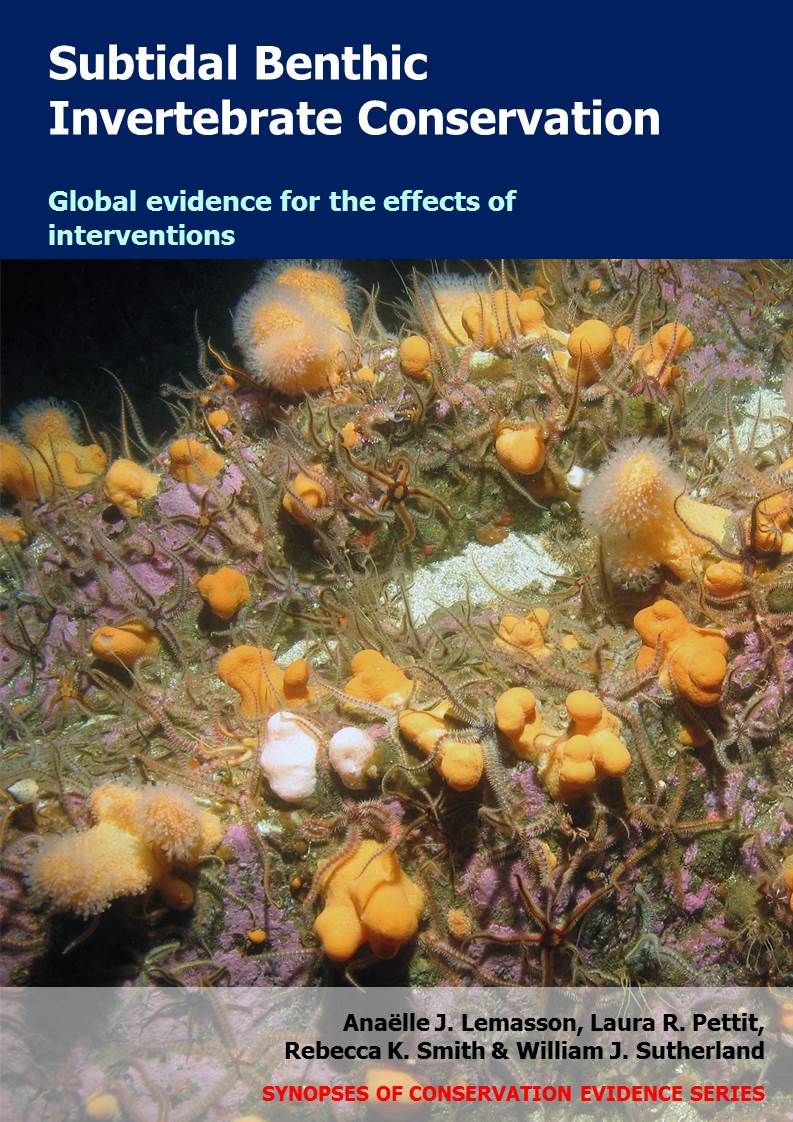Modify the design of traps
-
Overall effectiveness category Unknown effectiveness (limited evidence)
-
Number of studies: 2
View assessment score
Hide assessment score
How is the evidence assessed?
-
Effectiveness
40% -
Certainty
21% -
Harms
20%
Study locations
Supporting evidence from individual studies
A replicated, controlled study in 2011–2012 of seabed composed of mud, kelp, and maërl, off the southeastern coast of Mallorca, western Mediterranean Sea, Spain (Amengual-Ramis et al. 2016) found that plastic lobster traps appeared to catch lower amounts of non-commercial unwanted catch (discard) than collapsible traps. Data were not statistically tested. The amount of discard caught in plastic traps (3 individuals/450 m) tended to be lower than in collapsible traps (16). In addition, plastic traps caught some legal-size commercially targeted lobsters (0.3/450 m), while collapsible traps caught none. In May–September 2011, two new designs of traps, plastic and collapsible (900/design), were deployed at 50–100 m depth for 24 h (see original paper for details of each design). Lobsters and discard species caught were counted and measured in each trap. Baited traps were deployed in two 450 m-long strings of 30 traps each (one line/design; >200 m apart).
Study and other actions testedA replicated, controlled study in 2014–2015 in two areas of seabed in the South Pacific Ocean, New Zealand (Major et al. 2017) found that four different trap designs used to catch New Zealand scampi Metanephros challengeri caught different amount of unwanted catch of combined invertebrates and fish, but the effects varied between areas. In one area, rectangular traps caught more unwanted catch (2 individuals/trap) than box traps and standard traps (1 individual/trap; no difference between the two designs). In the other site, rectangular traps caught more unwanted catch (8 individuals/trap) than boxed traps (3 individuals/trap), and both caught more than domed plastic traps and standard traps (1 individual/trap; no difference between the two designs). Four different trap designs were tested in two areas: a standard creel trap, a box shaped creel trap, a rectangular shaped creel trap and a domed plastic trap. At Chatham Rise from November–December 2014, three designs (rectangular, box, standard) were tested during three deployments (three 500 m lines of 30 baited traps/deployment; 10 traps/design/line). At Cape Palliser in April 2015, all four designs were tested during three deployments (one 500 m line of 30 baited traps/deployment; 7–10 traps/design/line). Traps were recovered after 18 hours, and unwanted catch identified and counted.
Study and other actions tested
Where has this evidence come from?
List of journals searched by synopsis
All the journals searched for all synopses
This Action forms part of the Action Synopsis:
Subtidal Benthic Invertebrate Conservation





)_2023.JPG)














